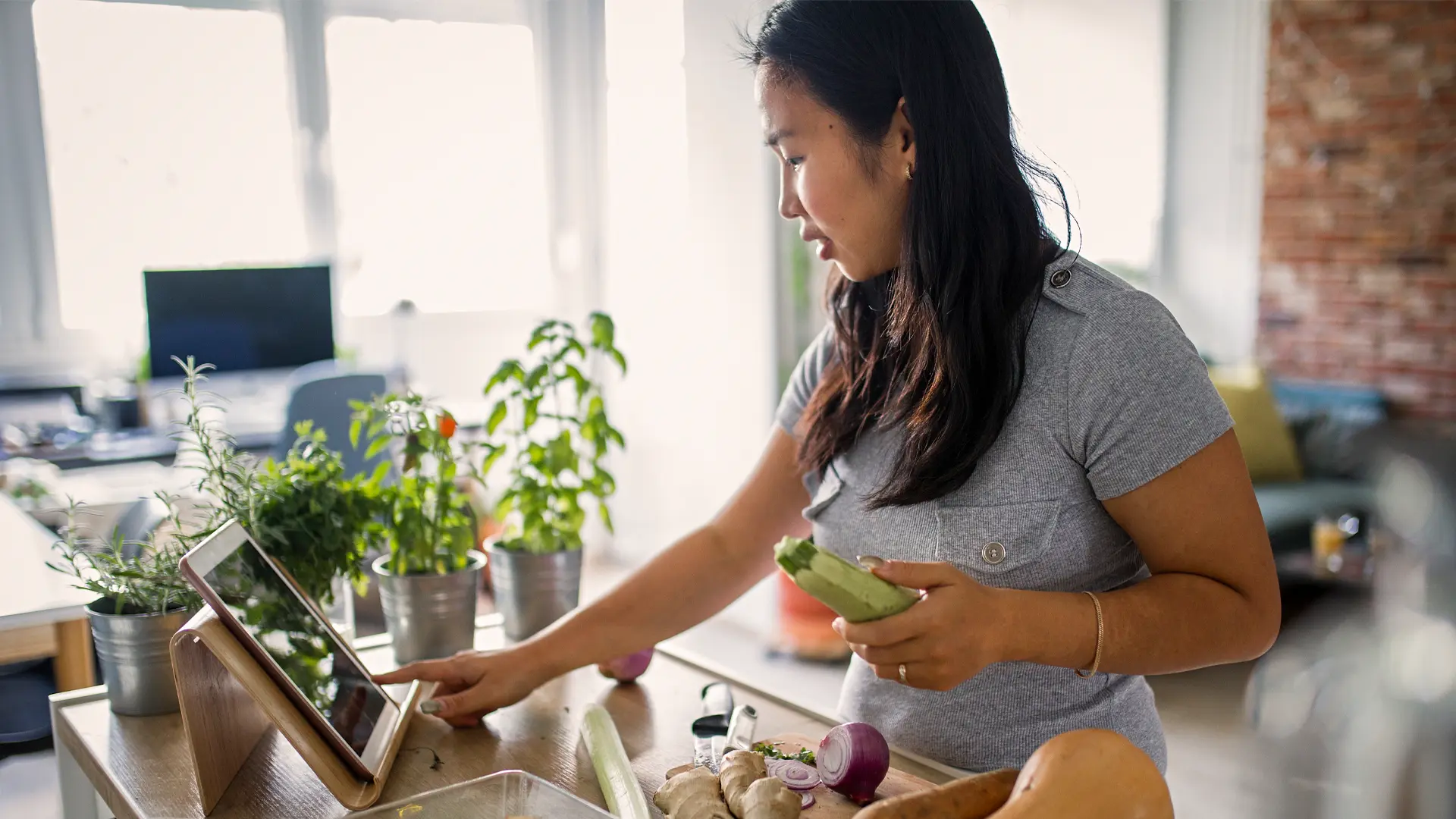People in Canada consume almost 50% of their daily calories from ultra-processed foods, according to research funded by Heart & Stroke.
That means almost half of the food we eat every day has been significantly changed from its original state, with salt, sugar, fat, additives, preservatives and/or artificial colours added.
What we eat has a big impact on our health. In fact, over one third of deaths from heart disease and stroke can be attributed to consumption of ultra-processed foods, according to a new study. Ultra-processed foods like candy, soft drinks, pizza and chips do not contain enough of the beneficial nutrients that the body requires. The more ultra-processed foods we eat, the poorer the overall nutritional quality of our diet.
But here’s the good news. Not every food that comes in a box is ultra-processed. Confused? I was too. But this list really helped me out. It’s a classification system called NOVA that was developed by an international panel of food scientists and researchers. It splits foods into four categories:
- Unprocessed or minimally processed foods: Think vegetables, grains, legumes, fruits, nuts, meats, seafood, herbs, spices, garlic, eggs and milk. Make these real, whole foods the basis of your diet.
- Processed foods: When ingredients such as oil, sugar or salt are added to foods and they are packaged, the result is processed foods. Examples are simple bread, cheese, tofu, and canned tuna or beans. These foods have been altered, but not in a way that’s detrimental to health. They are convenient and help you build nutritious meals. See? Not everything in a package is bad for you!
- Ultra-processed foods: Here’s the category where almost 50% of our calories come from – and where we should cut back. These foods go through multiple processes (extrusion, molding, milling, etc.), contain many added ingredients and are highly manipulated. Examples are soft drinks, chips, chocolate, candy, ice-cream, sweetened breakfast cereals, packaged soups, chicken nuggets, hotdogs, fries and more.
How can I cut back on ultra-processed foods?
Cook more often: One major change in dietary patterns in the last 70 years has been the decline of home cooked meals, and the increase in ultra-processed foods. Tip the balance! Cook at home more often, without using ultra-processed ingredients (heating up frozen fried chicken doesn’t count).
Dine with friends and family: Real food, real talk, good company. That’s a winning combination for dinner – and studies show that people who dine together have better eating habits, such as enjoying more vegetables, fewer soft drinks, and less deep-fried food.
Studies show that people who dine together have better eating habits.
Dine out on better choices: Restaurant meals can be fresh and healthy; they don’t need to be ultra-processed options. Challenge yourself to fill half your plate with vegetables wherever you dine, and choose items that are baked, poached, stir-fried or grilled rather than deep-fried.
Consider the source: Think about where your food comes from. As in, a steak comes from a cow and apples grow on trees. If you have trouble figuring out where a food originated because it has been so highly manipulated, consider if it nourishes your body at all. It probably doesn’t.
Don’t be swayed by hype: Be wary of deceptive food marketing and advertising. Ultra-processed foods are often marketed as “healthy,” “natural” and “organic.” While these words may describe the original ingredients, they don’t refer to the process of how the food was made. So it’s buyer beware. Remember, an organic, natural cookie is still an ultra-processed food!
Eating fresh, unprocessed, whole food will do a lot of good for your body – including reducing your risk for high blood pressure, heart disease, type 2 diabetes and stroke. Shop and cook real food into delicious meal ideas. Try our these recipes for Cumin crusted fish or Stir-fried broccoli, red peppers and beef, both ready in 30 minutes or less.
- Learn more about healthy eating to reduce your risk of heart disease and stroke.

